Deck & Commander Strategies
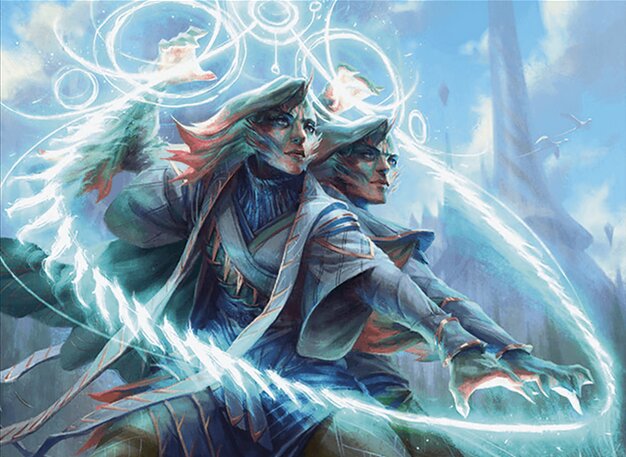
Adrix and Nev, Twincasters
Generate and double large tokens to create overwhelming board presence and apply exponential pressure through token multiplication.
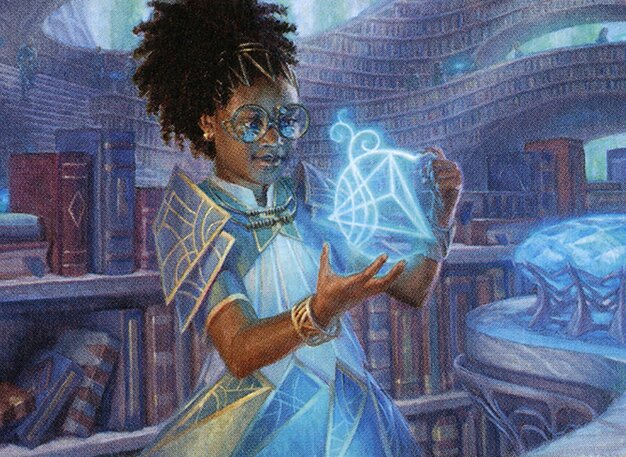
Zimone, Quandrix Prodigy
Ramp aggressively to eight lands to maximize card draw and deploy large Simic creatures, maintaining card advantage and board control.
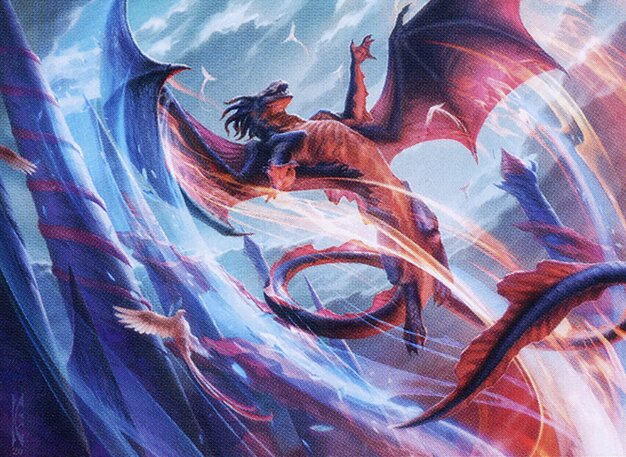
Galazeth Prismari
Create and repeatedly use treasure tokens to cast powerful instant and sorcery spells, aiming for big spell impact and control.
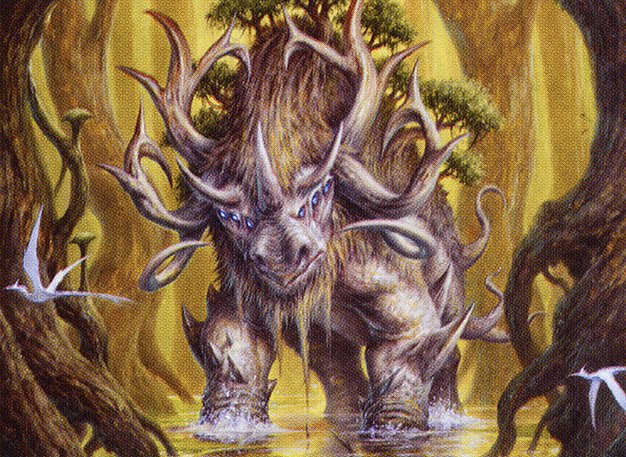
Brokkos, Apex of Forever
Combine mutation mechanics with aggressive creatures to create large threats, draw cards off combat damage, and apply consistent pressure.
Gameplay Insights
- 1
Brokkos’s mutation onto Slith Bloodletter created a large trampling threat that pressured opponents significantly.
- 2
Zimone leveraged multiple draw and discard triggers through combat damage and spells to maintain card advantage and fuel her game plan.
- 3
Galazeth Prismari’s Clone Legion could have created a huge board presence but was effectively countered, demonstrating the importance of interaction in high-power games.
- 4
Adrix and Nev’s token doubling strategy continually forced opponents to respond to increasing board states.
- 5
Strategic use of combat damage and removal spells, such as Frostfang’s ability to put counters on creatures and draw cards, shaped the flow of the game.
- 6
Players balanced aggression with timely counterspells and board wipes to maintain control and disrupt opponents’ key plays.
Notable Cards
-
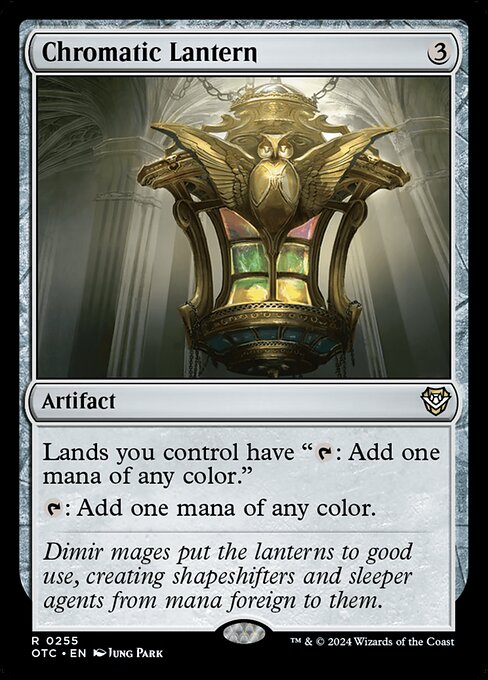
Chromatic Lantern
-
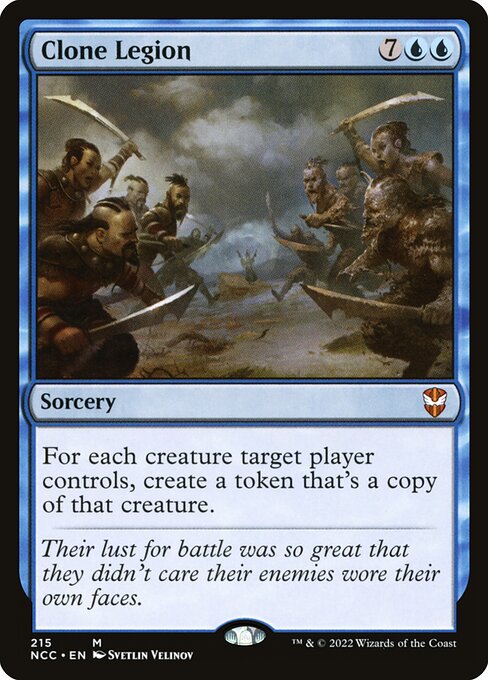
Clone Legion
-
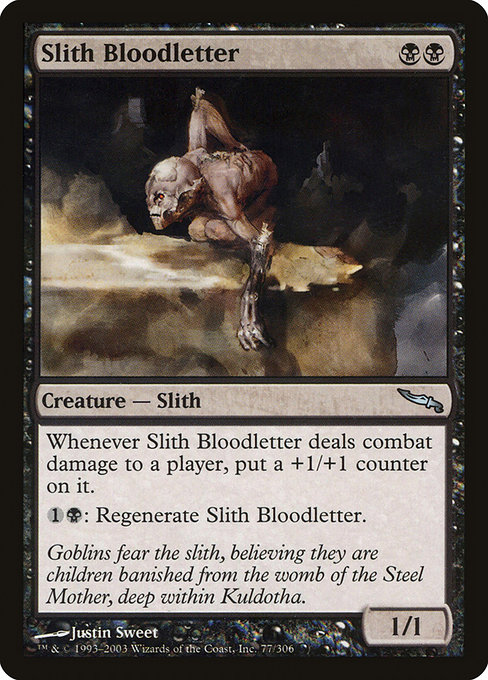
Slith Bloodletter
-
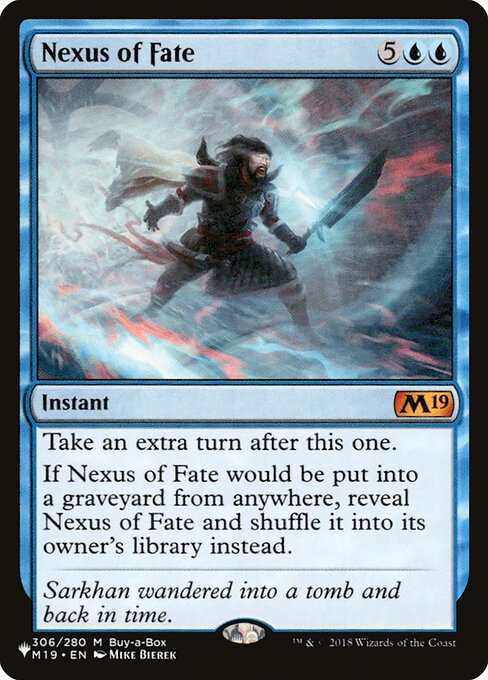
Nexus of Fate
-
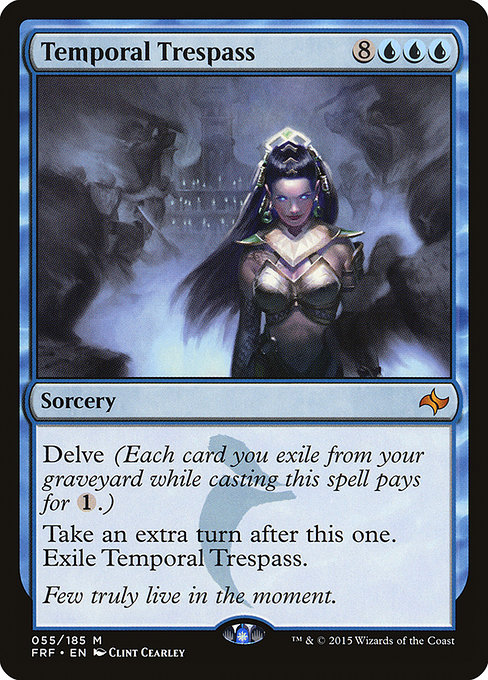
Temporal Trespass
-
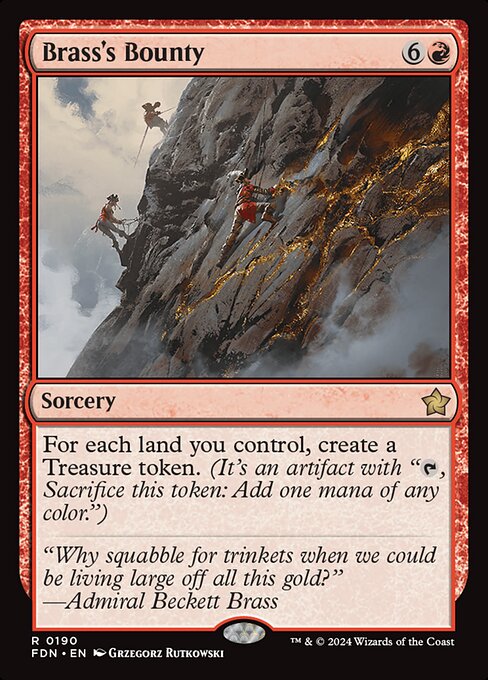
Brass's Bounty
-
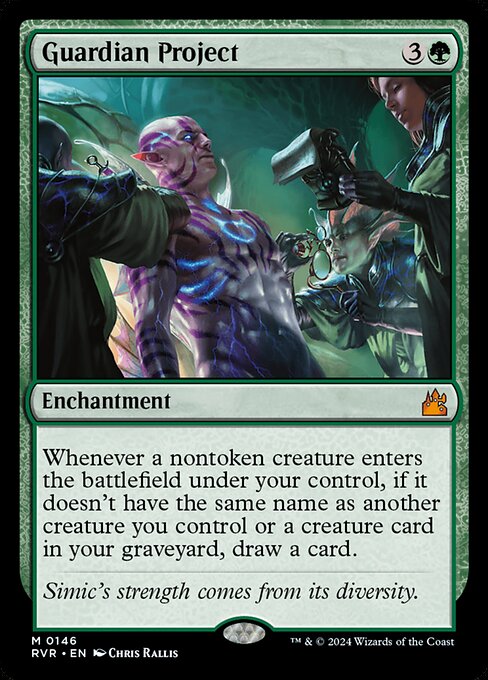
Guardian Project
-
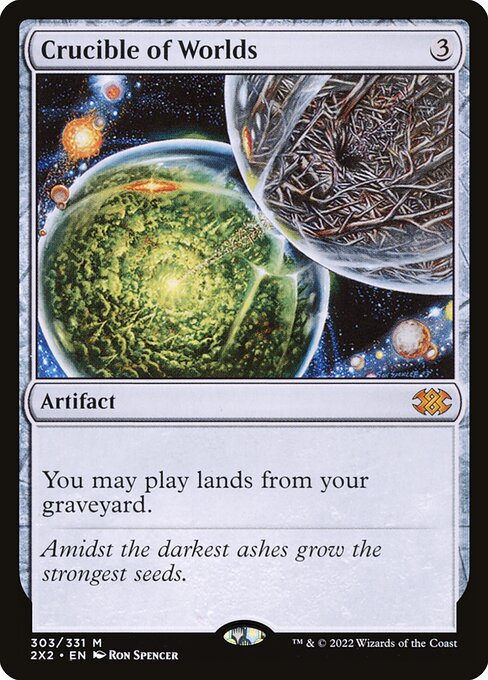
Crucible of Worlds
-

Magma Opus
-
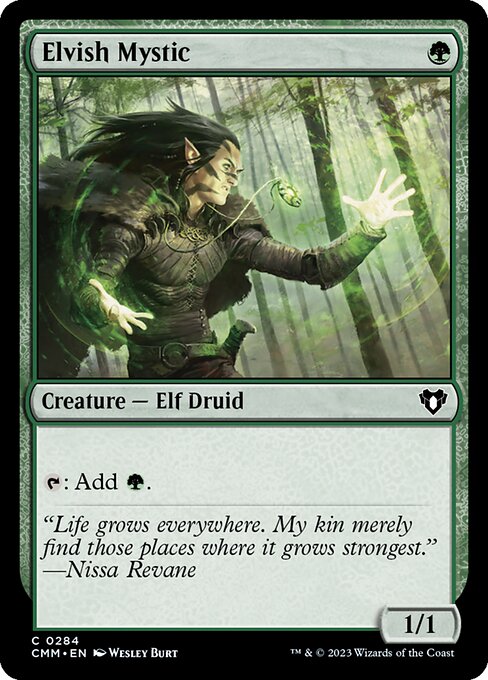
Elvish Mystic
-
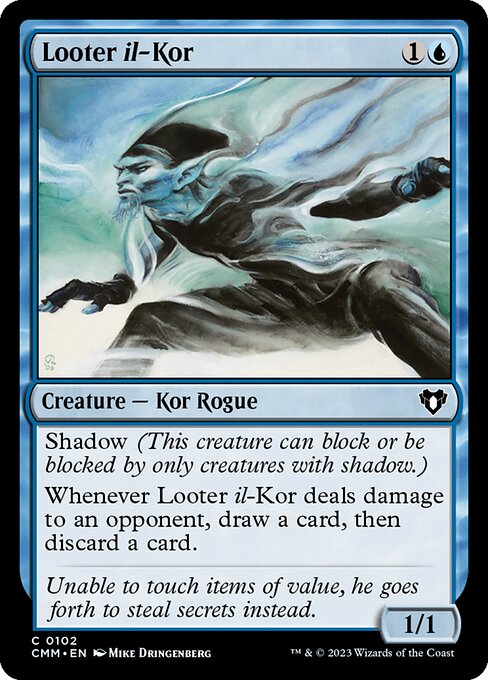
Looter il-Kor
Gameplay Summary
The game featured four high-power EDH decks led by Adrix and Nev, Twincasters; Brokkos, Apex of Forever; Zimone, Quandrix Prodigy; and Galazeth Prismari.
Early gameplay focused on ramp, card draw, and board development.
Adrix and Nev sought to generate and copy large tokens, building exponential board presence.
Zimone pushed to maximize land drops for card draw and big Simic creatures, while Galazeth Prismari aimed to create and leverage treasure tokens to cast impactful spells repeatedly.
Brokkos combined aggressive creatures with mutation mechanics to pressure opponents and draw cards. Key turning points included Brokkos successfully mutating onto Slith Bloodletter to create a large trampling threat and Brokkos’s use of Frostfang to capitalize on combat damage by drawing cards and placing counters.
Meanwhile, Adrix and Nev applied pressure through token duplication and combat damage.
Galazeth Prismari cast powerful spells like Clone Legion, which was countered, while Zimone used multiple draw and discard triggers to maintain card advantage.
Trading damage and strategic attacks narrowed player life totals, with board wipes and counterspells influencing tempo.
The game demonstrated a dynamic interplay of token generation, treasure utilization, and mutation-based combat, with each player leveraging their deck’s unique strengths to pursue victory.










































![Beledros vs Galazeth vs Tanazir vs Shadrix [Strixhaven Commander/EDH Gameplay Garbage Fire] 2021 thumbnail](https://i.ytimg.com/vi/LSzSQR1ZqWc/sddefault.jpg)